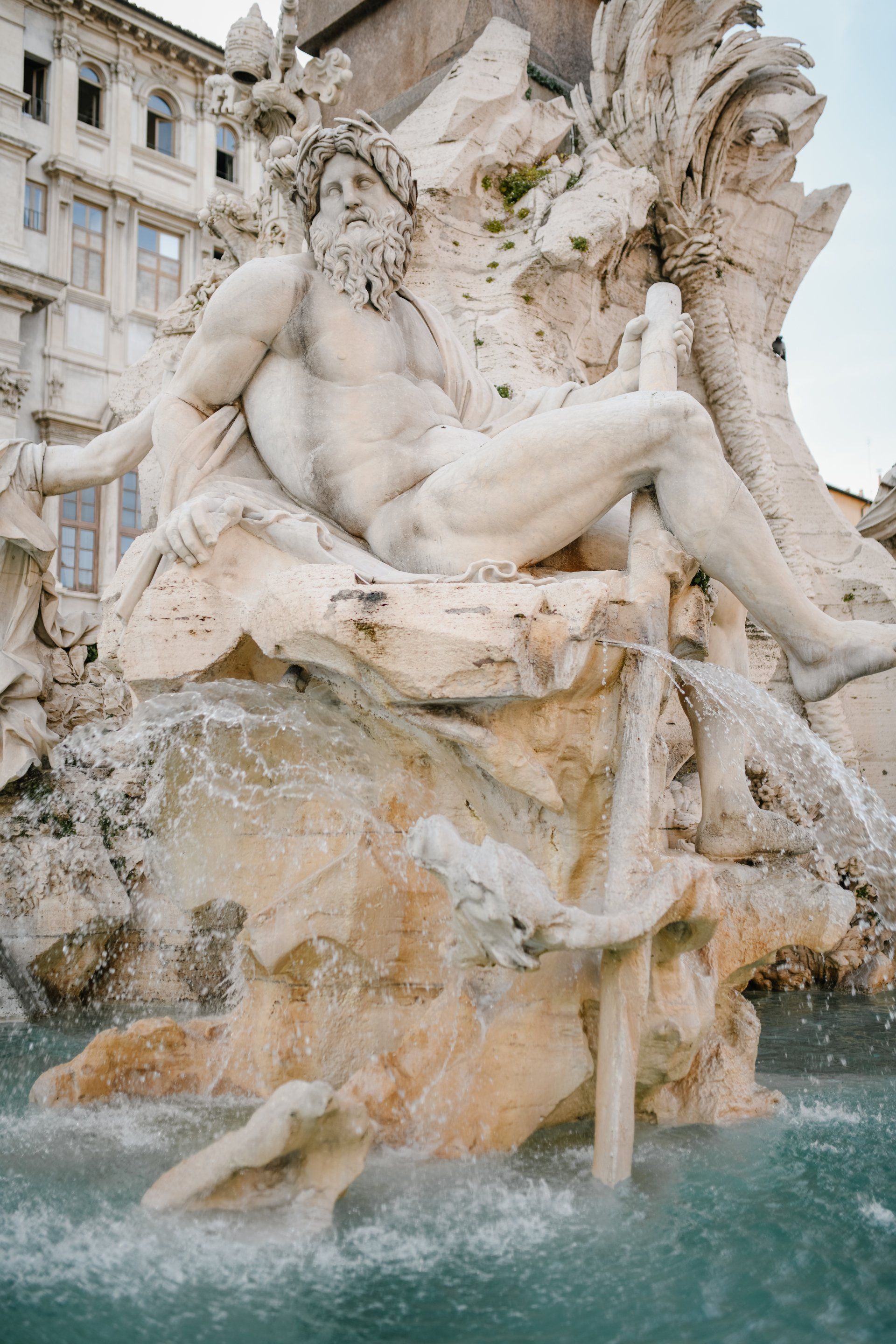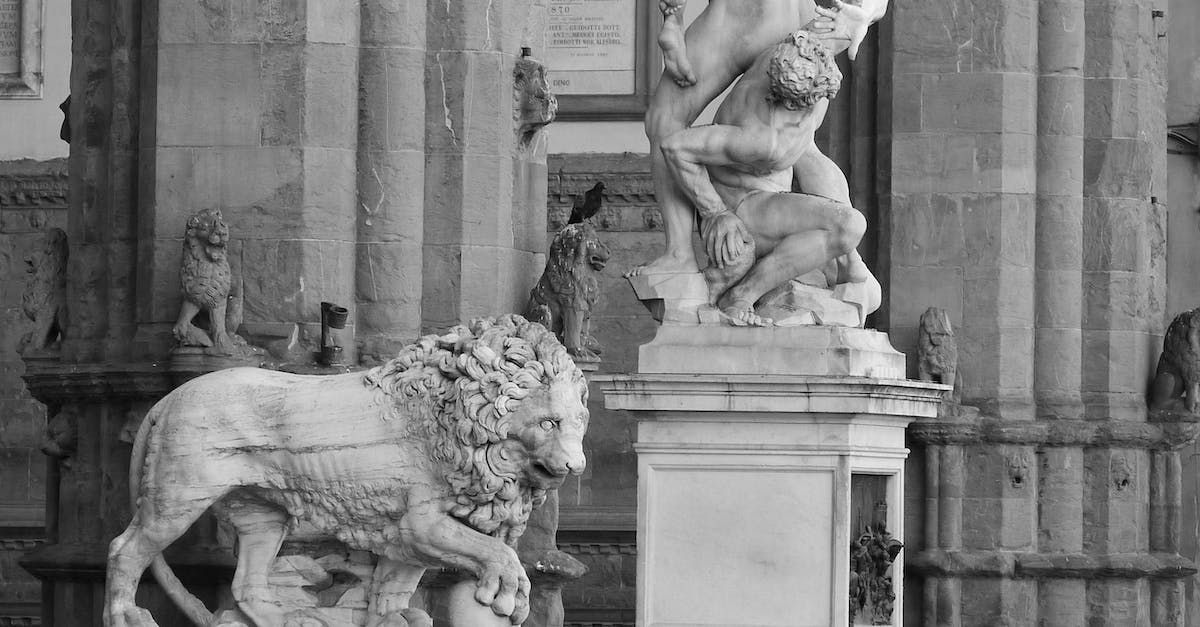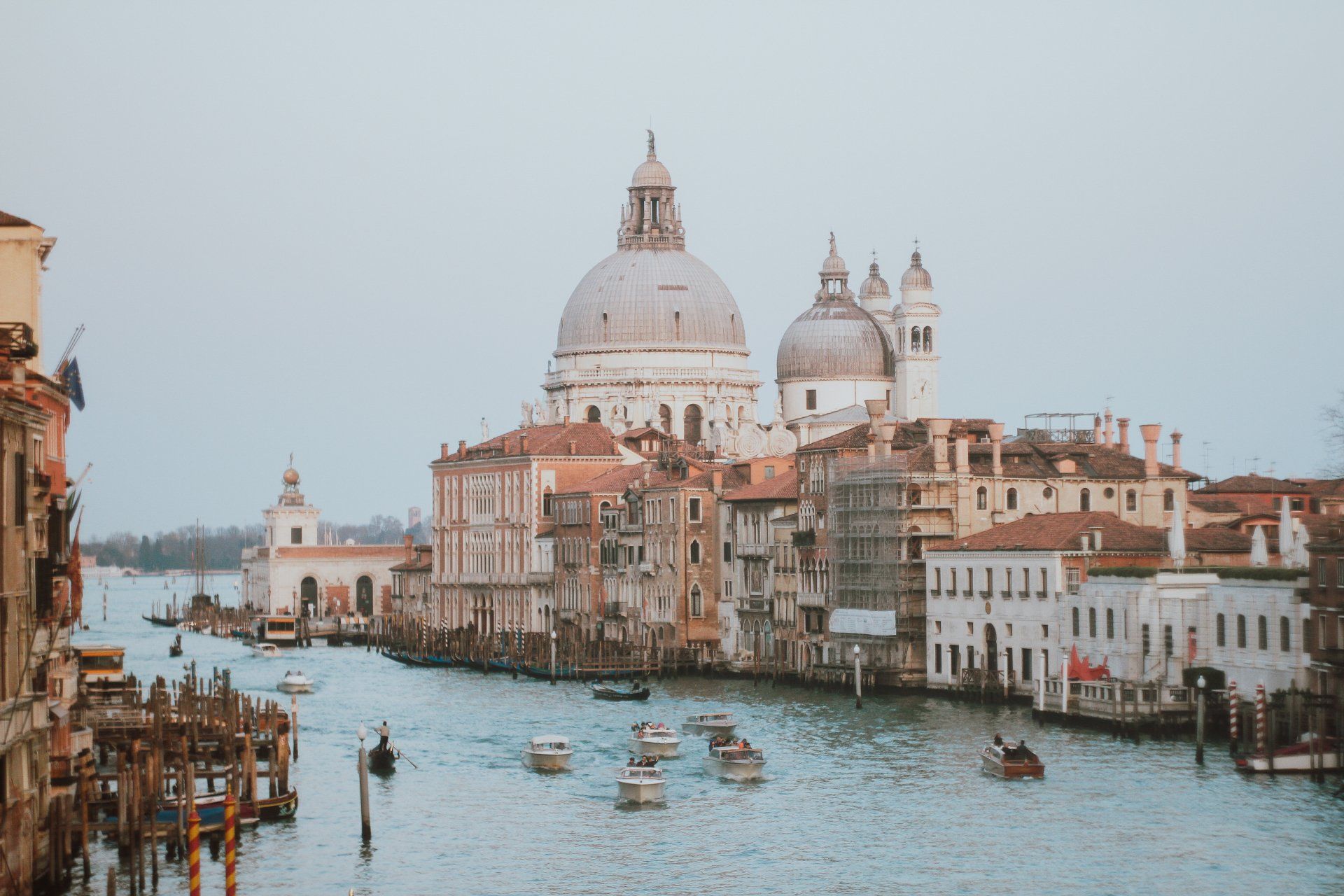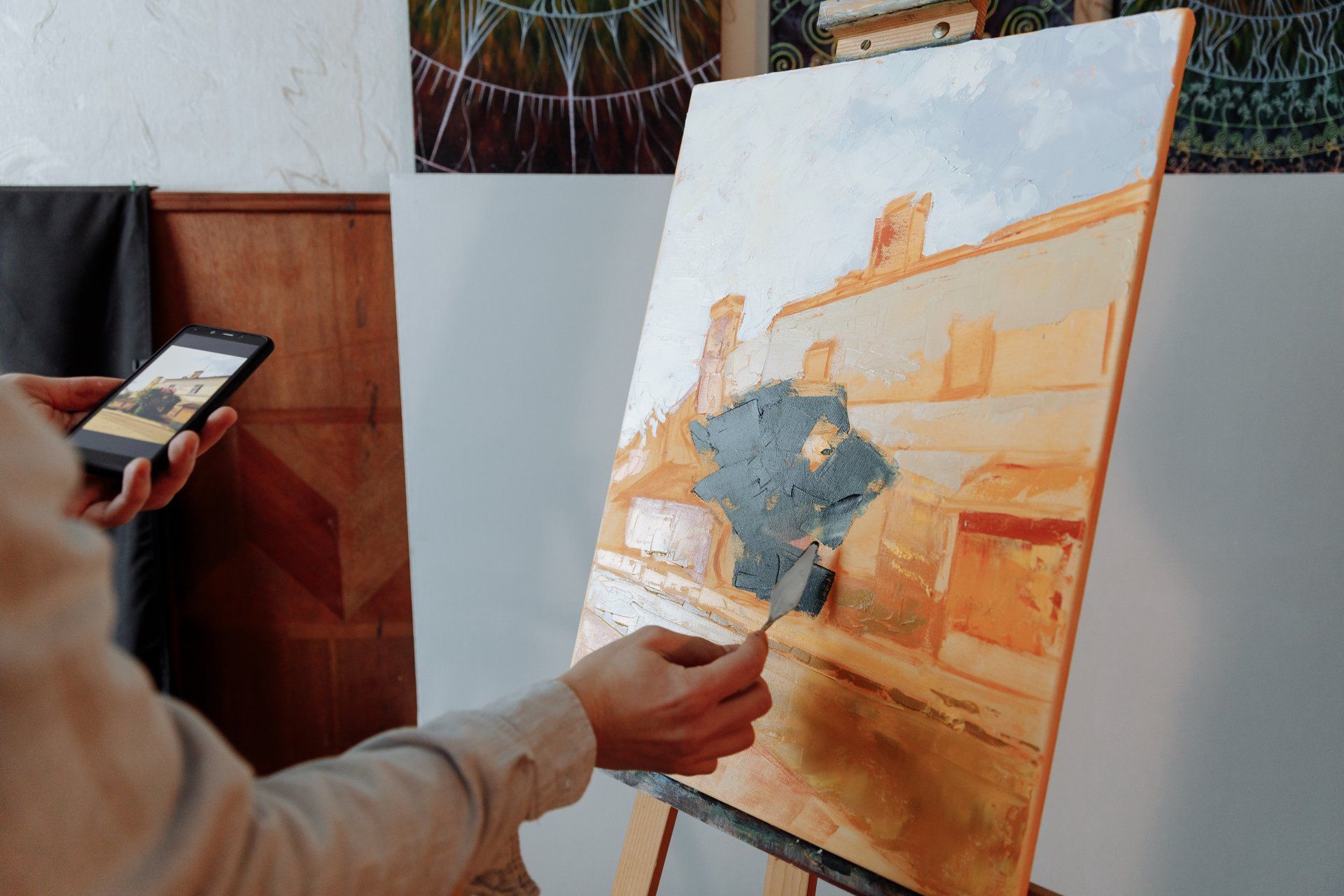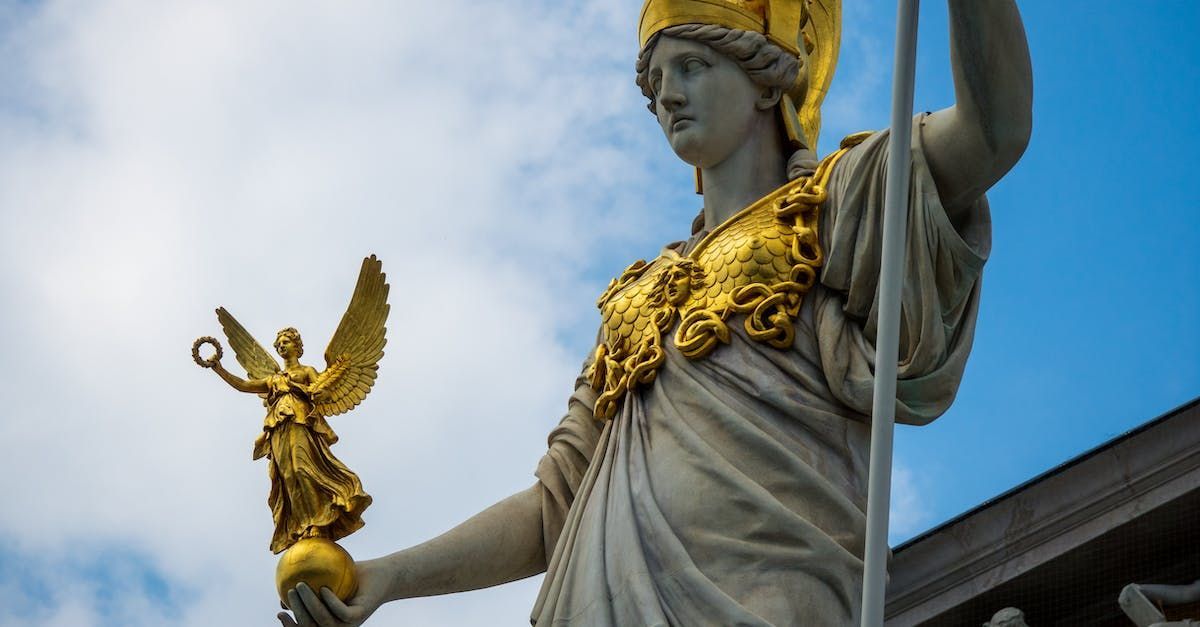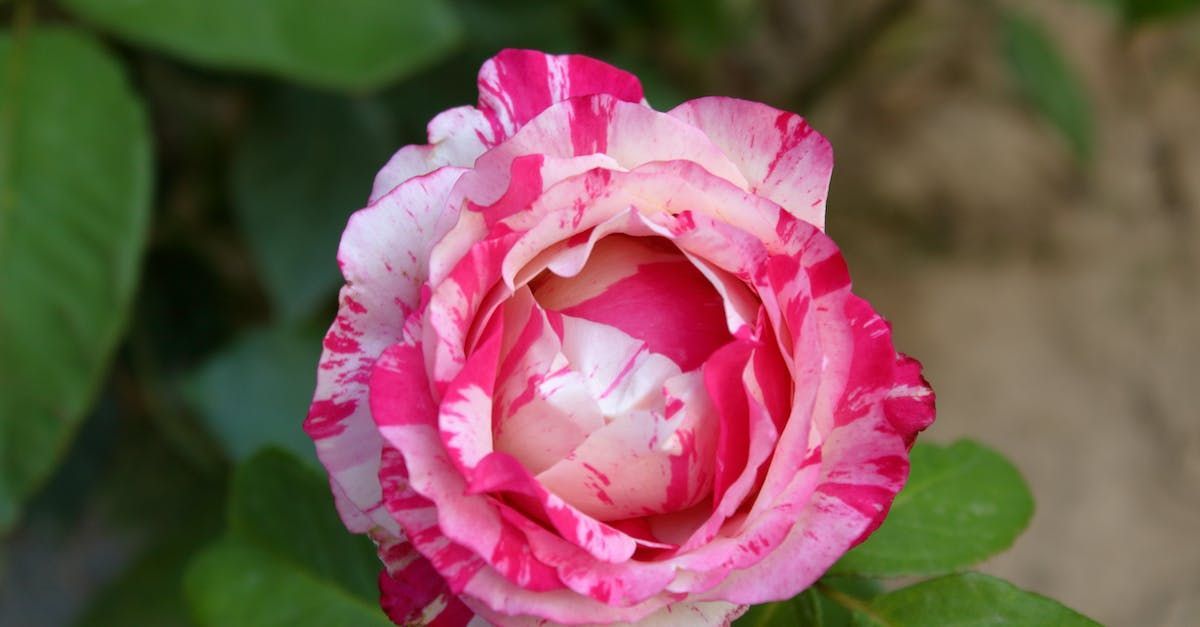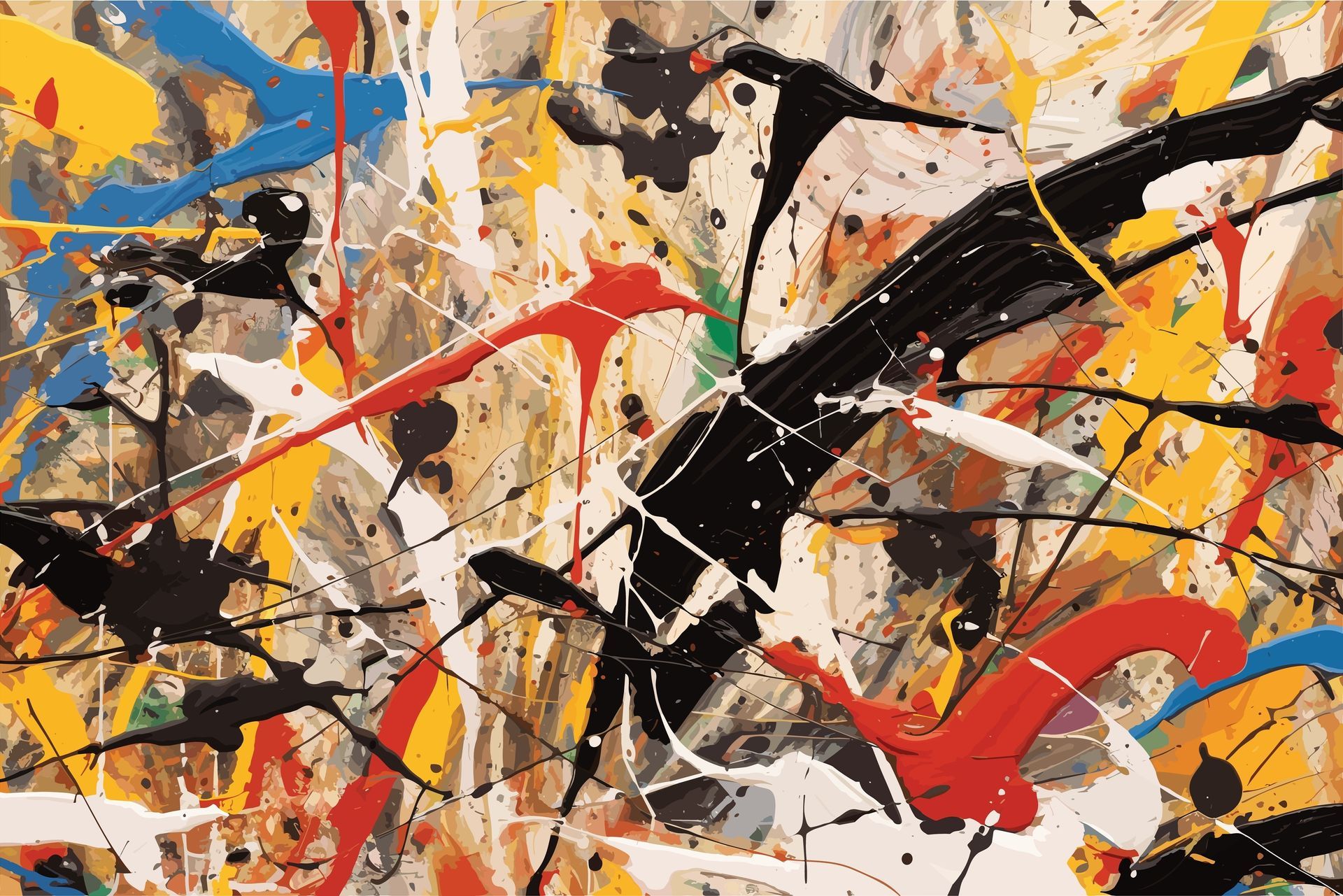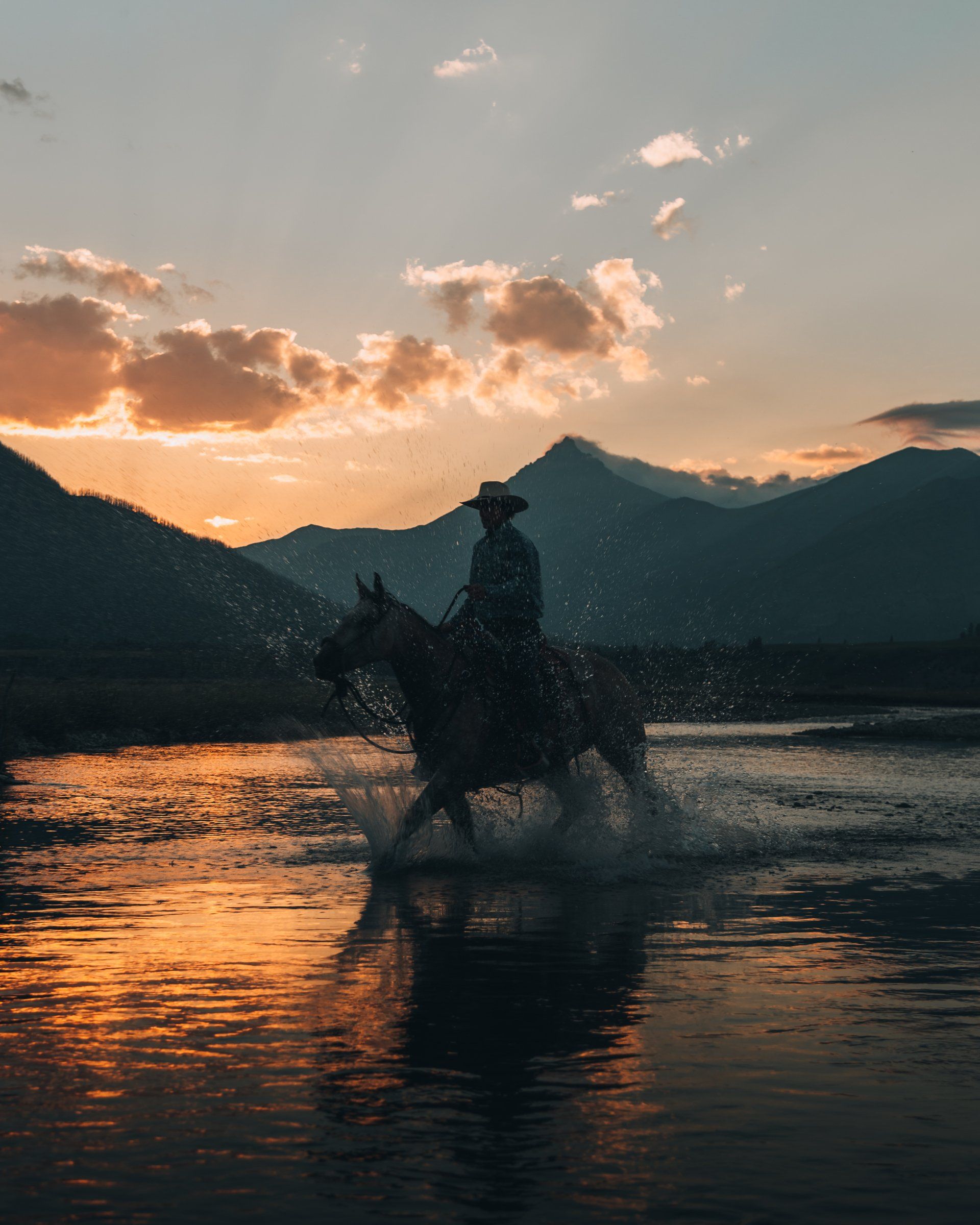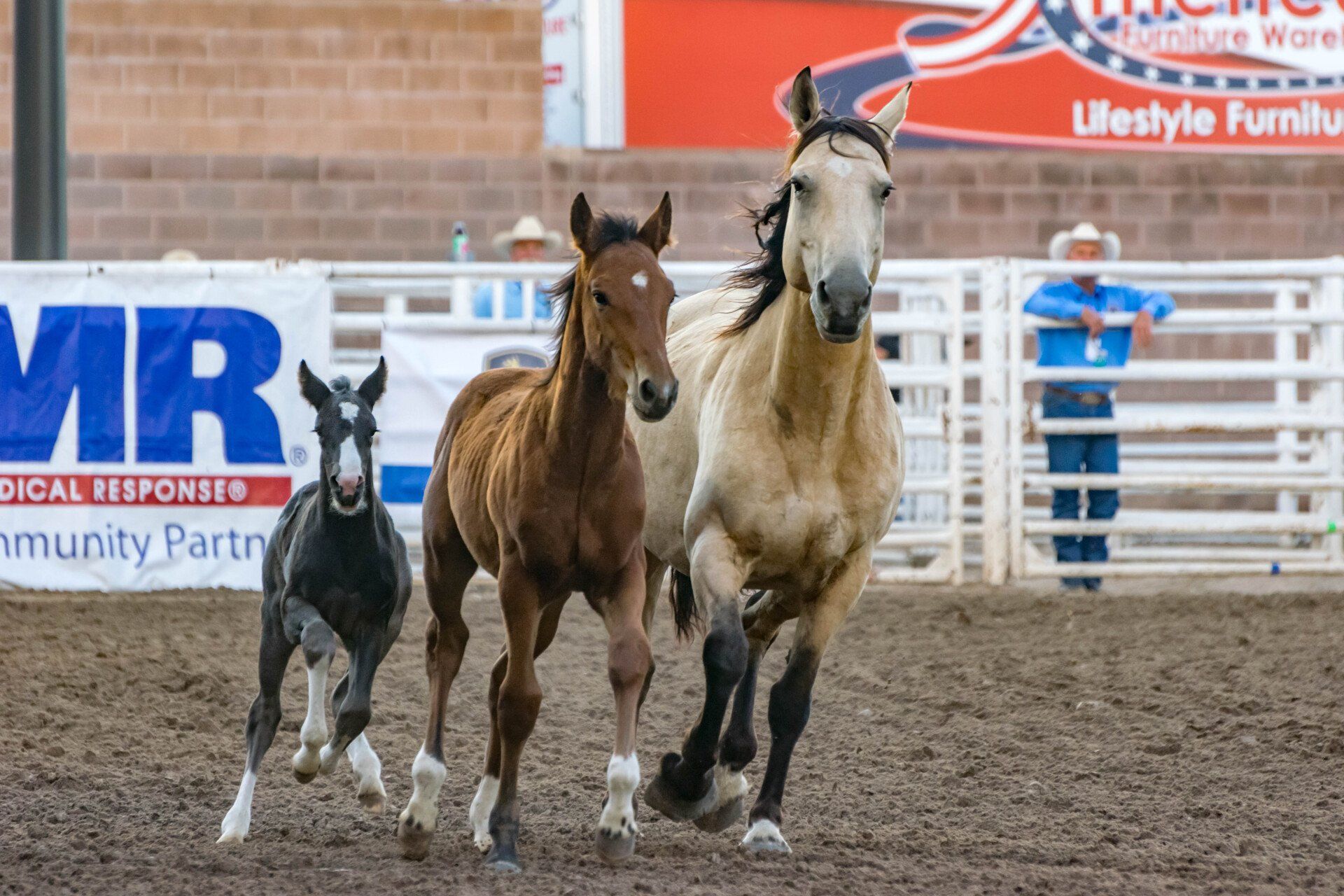Howard Terpning
Western and Native American Themes
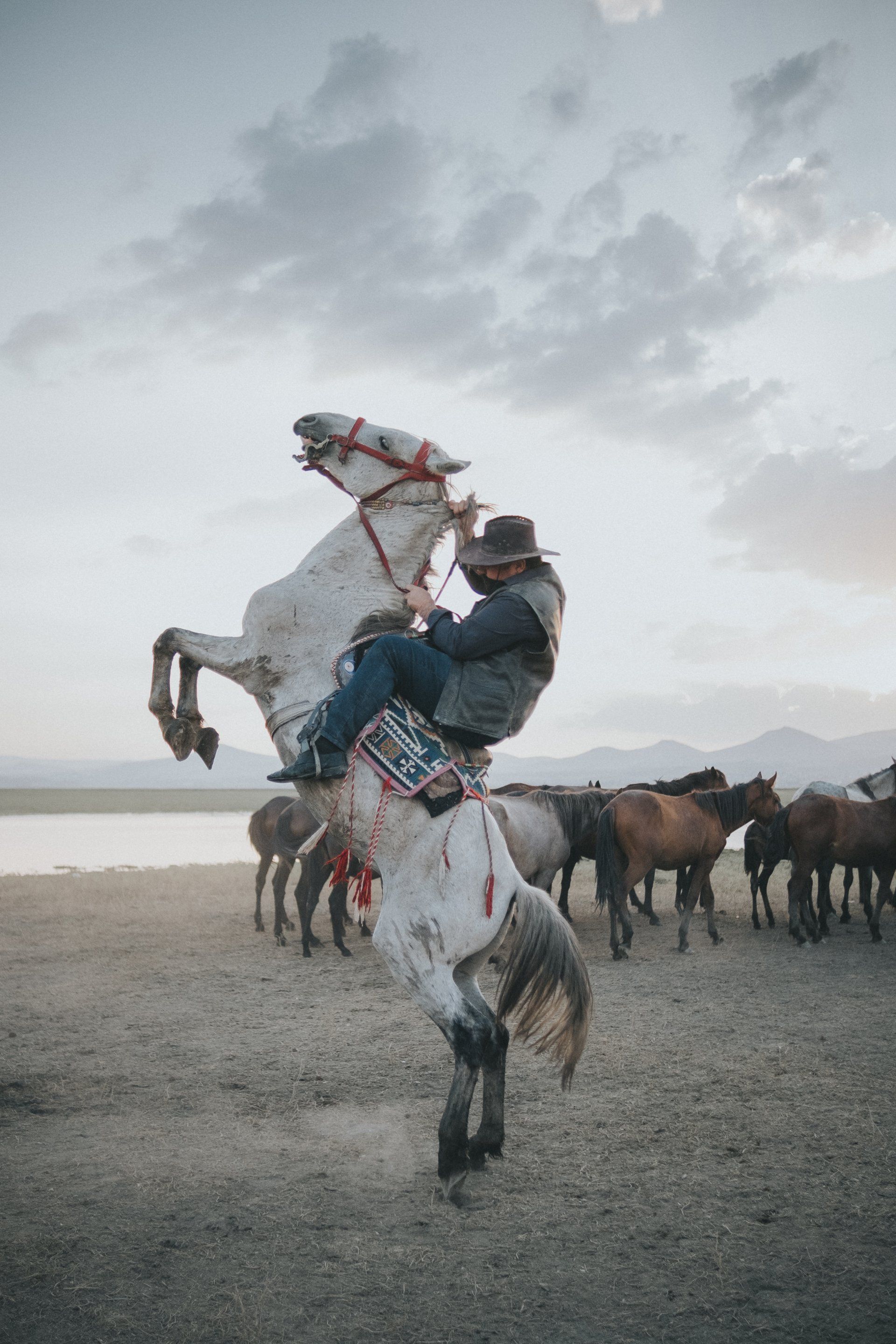
Howard Terpning was a highly acclaimed artist who specialized in Western and Native American themes. Although he is no longer with us, his artistic legacy continues to have a profound impact. Terpning's paintings showcased the cowboys of the Old West in action, capturing their ruggedness and indomitable spirit. This article explores Terpning's artistic expertise, his focus on Western and Native American subjects, and his ability to convey the essence of the Old West.
Specialization in Western and Native American Themes:
Howard Terpning's specialization in Western and Native American themes made him a revered figure in the art world. His deep respect and admiration for the cultures and history of the American West and Native Americans were evident in his paintings. Terpning's dedication to portraying these subjects with authenticity and sensitivity established him as a masterful artist who captured the spirit of the Old West.
Depiction of Cowboys in Action:
Terpning's paintings portrayed cowboys in action, showcasing their ruggedness, skill, and courage. Through his dynamic compositions, he captured the energy and intensity of cowboy life, whether it was a dramatic horseback pursuit, a tense confrontation, or a moment of quiet contemplation. Terpning's attention to detail and ability to convey motion added a sense of realism and vitality to his artworks, allowing viewers to feel the pulse of the Old West.
Showcasing the Spirit of the Old West:
One of the hallmarks of Howard Terpning's art was his ability to convey the spirit of the Old West. His paintings captured the essence of a bygone era, evoking a sense of adventure, freedom, and the challenges faced by cowboys in an untamed land. Terpning's use of lighting and color added depth and atmosphere to his paintings, further immersing viewers in the rugged beauty and timeless allure of the American West.
Legacy and Impact:
Although Howard Terpning is no longer with us, his artistic legacy continues to inspire and captivate art enthusiasts and Western culture aficionados alike. His commitment to authenticity, his ability to tell compelling narratives through his artwork, and his dedication to honoring the Western and Native American traditions have left an indelible mark on the art world. Terpning's paintings continue to be celebrated for their masterful execution and their ability to transport viewers to a bygone era, preserving the spirit and rich history of the Old West.
Howard Terpning's specialization in Western and Native American themes, his depiction of cowboys in action, and his ability to convey the spirit of the Old West established him as a highly acclaimed artist. Through his exceptional artistic skill, he captured the ruggedness, courage, and spirit of the cowboys of the Old West, leaving a lasting legacy that continues to inspire and captivate audiences. Terpning's artworks serve as a visual testament to the enduring allure and significance of the Western and Native American cultures in the fabric of American history.
